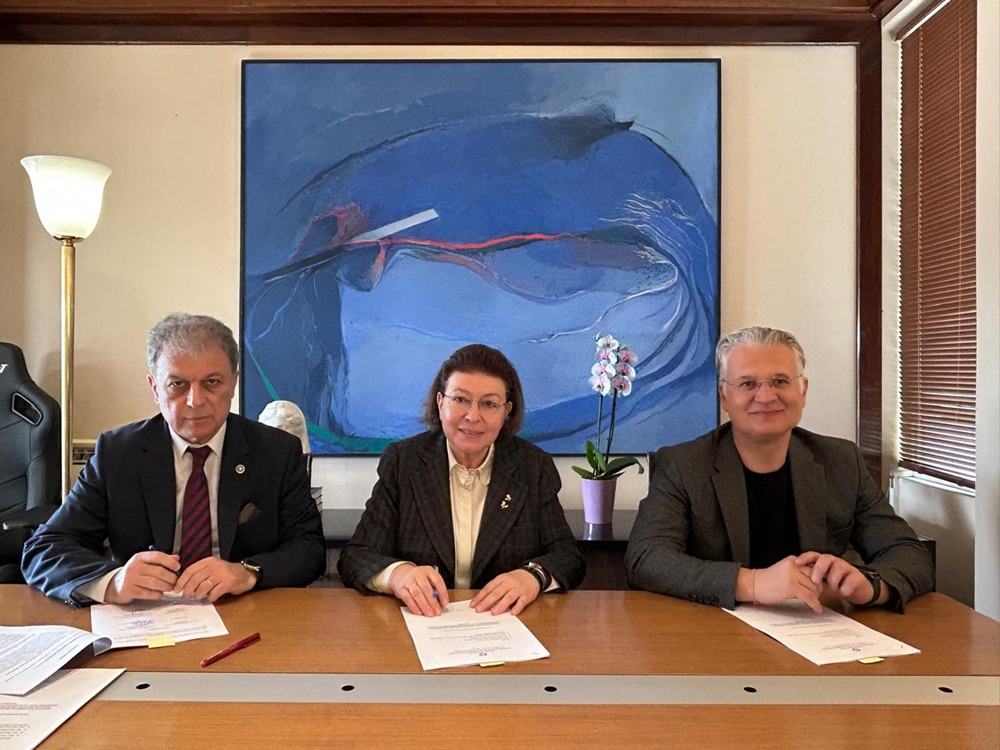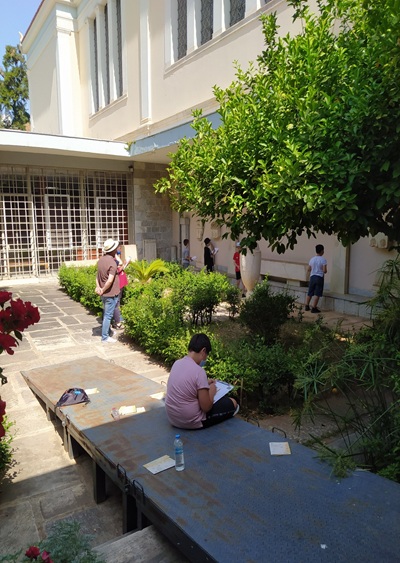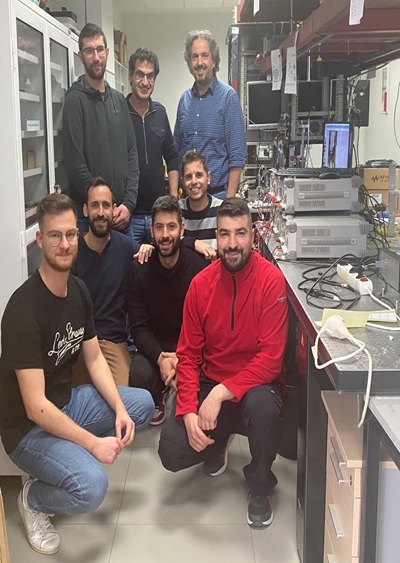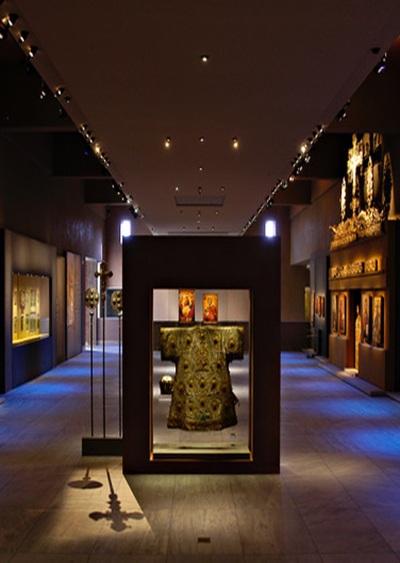
The Ministry of Culture, the Region of Western Macedonia, the Region of Peloponnese and the University of Western Macedonia signed a Cultural Development Programme Agreement for the development of a research project for the development of a curriculum and educational material for the establishment and operation of professional apprenticeship schools in the traditional art of stone in Pentalofos, , Kozani and Lagadia, Gortynia.
The research project aims to strengthen the national effort for the revival, development and promotion of the traditional art of stone masonry and the traditional building art in the two regions, given the need for apprenticeship schools, in order to cover the shortage of craftsmen and to ensure the protection and continuity of the art of stone masonry, which is an inscribed element in the National Inventory of Intangible Cultural Heritage.
The Minister of Culture Lina Mendoni said: “The revival of traditional arts is a political priority for the Ministry of Culture. In addition to the initiatives we have undertaken in the last five years for the revival of handicrafts and woodworking, we have added our cooperation with the Regions of Western Macedonia and the Peloponnese for the creation of Stone and Traditional Building Schools in Pentalofos, Kozani and Lagadia, Arcadia. Our aim is to create a sustainable model of development and business support for the sector of this traditional precious art, with the emergence of a new generation of stone masons, through professional training and certification, business support and international networking, while contributing to the national effort to halt the demographic problem. For the Ministry of Culture, the preservation and promotion of the wealth of stone artisans, which our country has, is not only and exclusively considered as an element of intangible cultural heritage, but also as a sector with strong development potential. By investing in these arts, we are creating a future characterised by Greekness and at the same time universality, an element that only culture can ensure. I would like to thank the Regional Governors of Western Macedonia George Amanatidis and Peloponnese Dimitris Ptochos, with whom we share the same vision for the revival and redefinition of traditional arts, for the excellent cooperation we have developed at all levels.
The Regional Governor of Peloponnese Dimitrios Ptochos said: “The signing of the Programmatic Agreement for the creation of the Schools of Stone and Traditional Building Forms in Lagadia Arkadia and Pentalofos Kozani is an essential investment in culture, education and regional Development. Through the excellent cooperation that we have developed with the Minister of Culture, Lina Mendoni, and the Regional Governor of Western Macedonia, George Amanatidis, we are implementing a project that honours the historical heritage of the art of stone, preserves our intangible cultural heritage and, at the same time, opens up paths of education and professional rehabilitation for young people who want to stay and create in their own country. Gortynia acquires a modern educational pillar, which will keep alive the art of the Lagadian craftsmen and pass on this knowledge to future generations. It is an initiative with depth, continuity and substance – exactly what the Greek region needs to move forward”.
Giorgos Amanatidis, Regional Governor of Western Macedonia, said: “The art of stone is our cultural heritage. The School of Stone in Pentalofon, Voio, will give it added value. Our goal is to connect the graduates of the School with the restoration and promotion of architectural heritage and residential redevelopment projects in our villages.”
The operation of the Schools will be a reservoir for craftsmen who will work on specialized restoration projects both in the monuments themselves and in declared listed settlements with stone-built structures of large public works (churches, bridges, schools, public buildings), private works (houses) and works in the public communal areas of the settlements (fountains, cobbled streets, squares) and in the rural areas surrounding the settlements (terraces, fountains, mills, threshing floors).







Leave A Comment